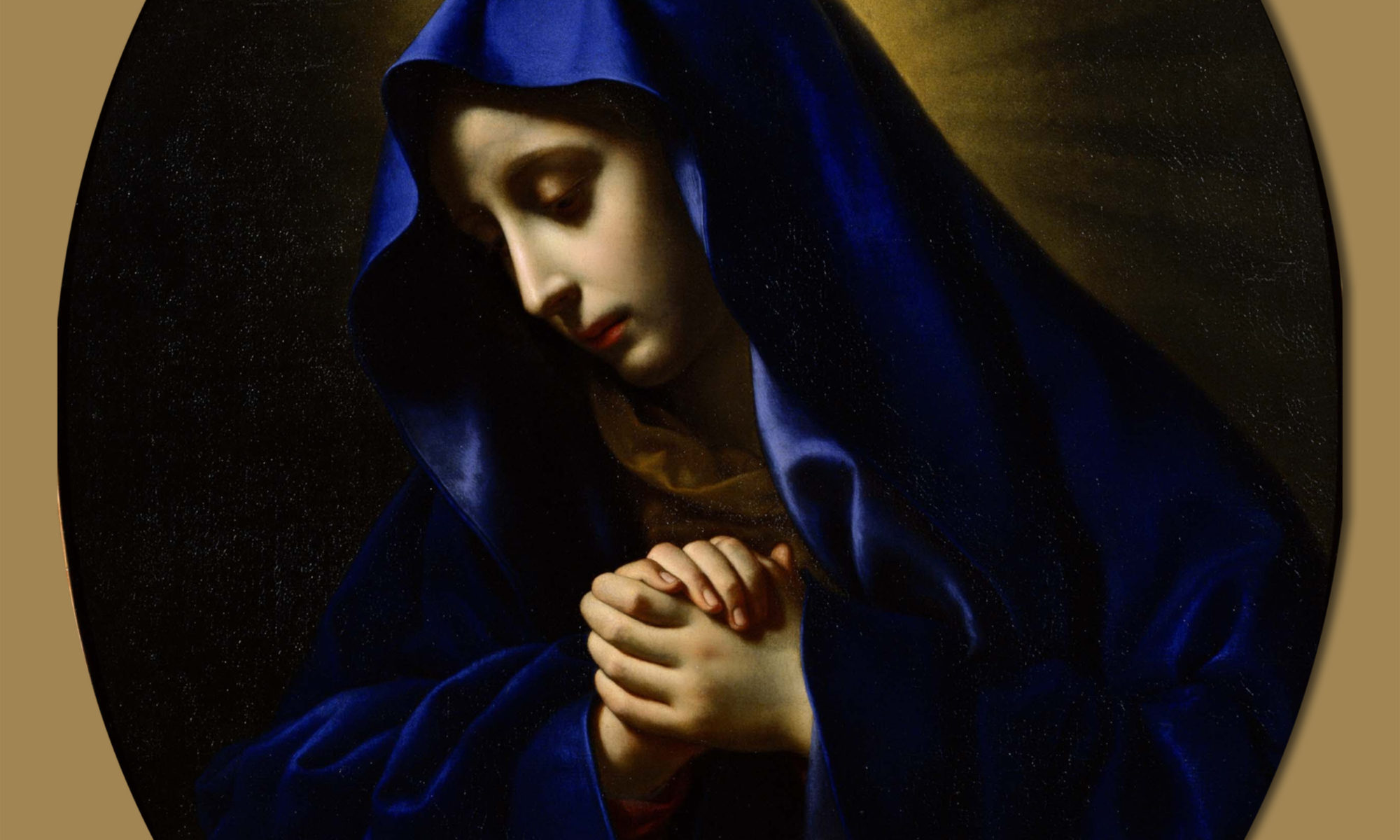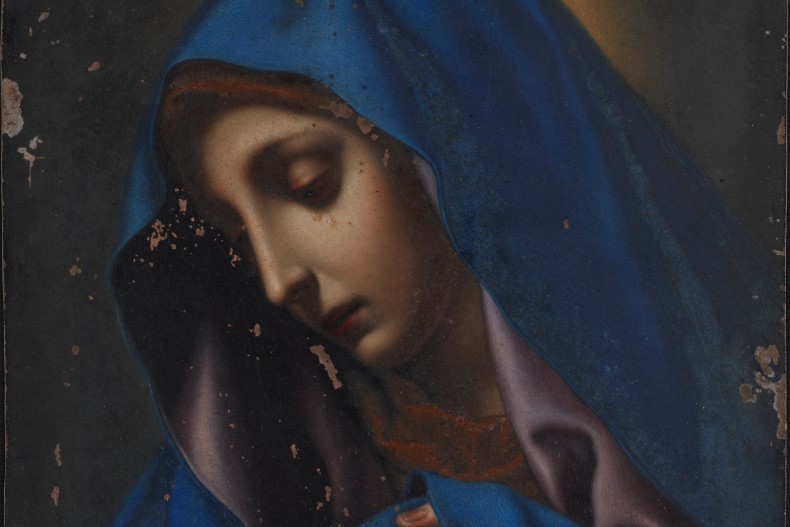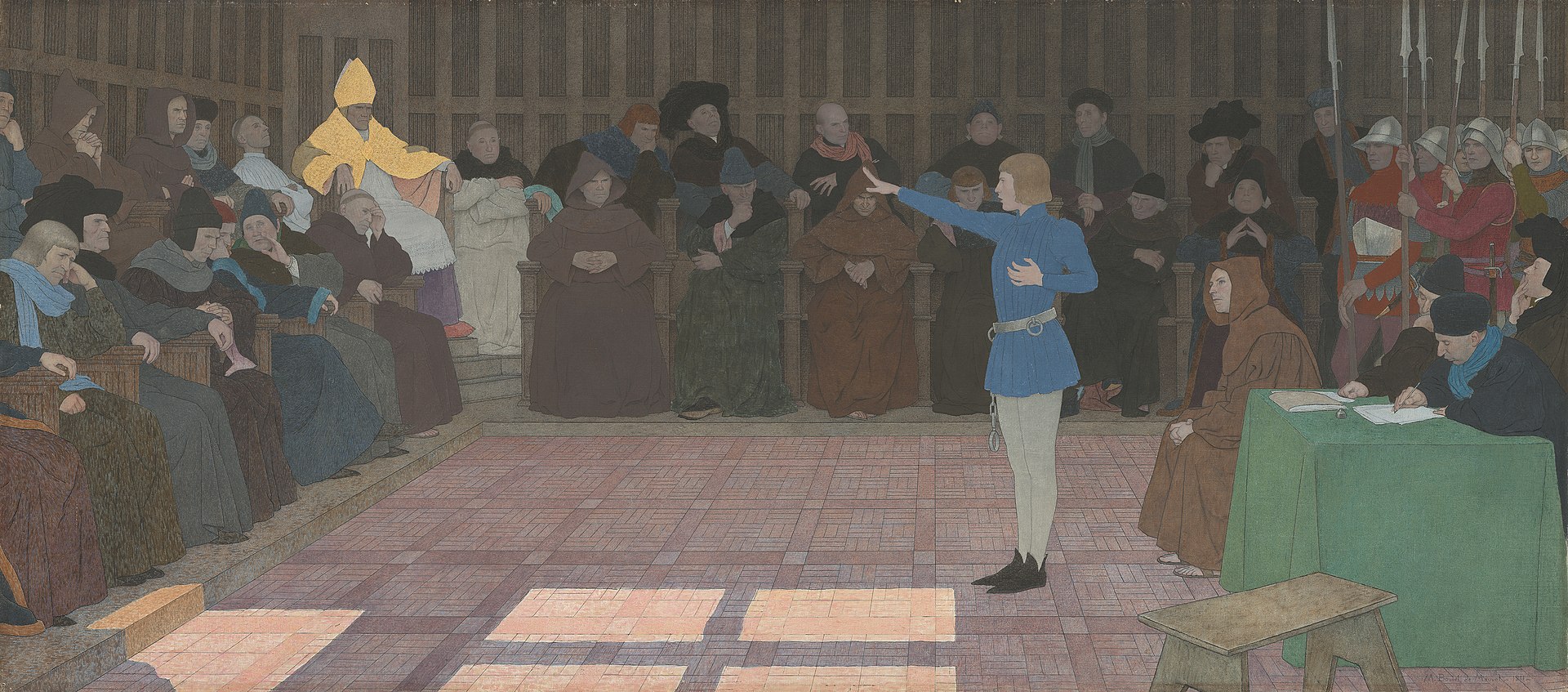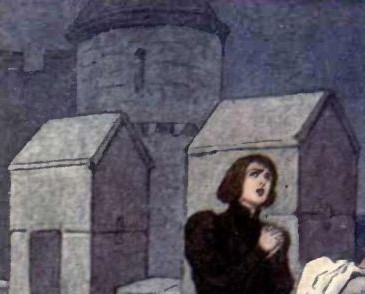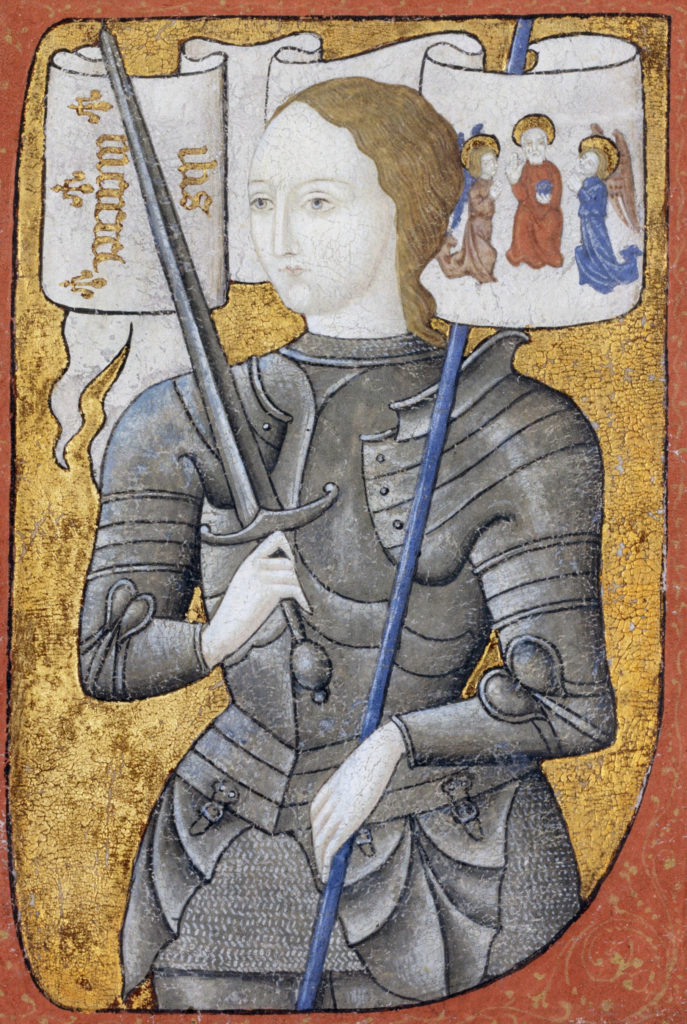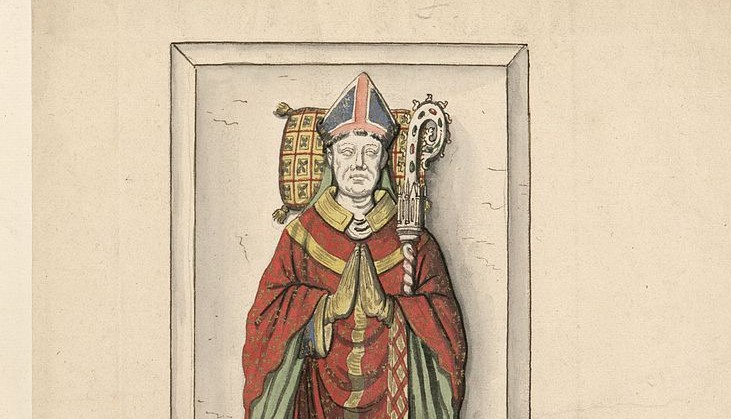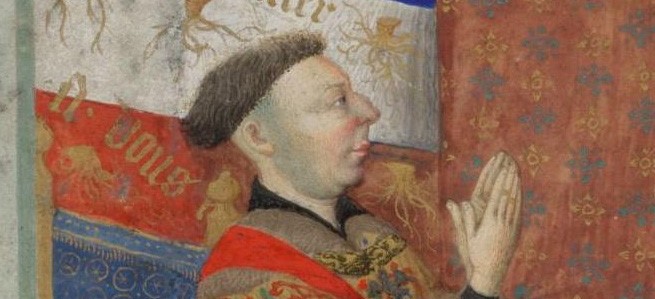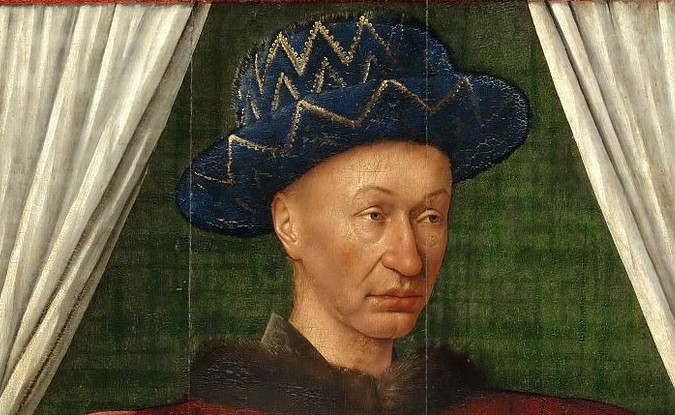September 15 is the Feast of Our Lady of Sorrows. Catholics believe that the Virgin Mary suffered seven great sorrows in her life, connected with the life of her Son Jesus. On this day, we pray with all our hearts while meditating upon the sorrows of the Blessed Virgin.
The beginning of the devotion to Our Lady of Sorrows
Catholics had a tradition and custom of praying to Our Lady of Sorrows long before this feast was officially established by the Church.
In 1221, at a monastery in Schönau, Germany, the first altar to Our Lady of Sorrows was set up. Around the same time, the “Stabat Mater,” a Gregorian hymn to Our Lady of Sorrows, was composed by the Franciscan Order.
Our Lady of Sorrows and the Servite Friars
Around 1233, in Italy, seven sons of noble families left Florence for Mount Senario, where they began a life of seclusion. Their spirituality attracted more and more people who wanted to live as they did, and the Order of Servites was born. Their Order, which is officially known as “The Servants of the Blessed Virgin Mary,” was especially devoted to the sorrows of Our Lady. To spread their devotion to Our Lady of Sorrows, they composed prayers to her, and designated September 15 as her special feast day.
The Chaplet of Prayer to Our Lady of Sorrows
One of the devotions propagated by the Servite Order is the Chaplet of the Seven Sorrows. To pray this Chaplet, we begin with an Act of Contrition, such as the following:
“O my God, I am heartily sorry for having offended thee, and I detest all my sins, because I dread the loss of Heaven and the pains of Hell, but most of all because I have offended thee, my God, who art all good and worthy of all love. I firmly resolve, with the help of thy grace, to confess my sins, to do penance, and to amend my life. Amen.”
Then we meditate on the Seven Sorrows, while offering one Our Father and seven Hail Mary’s for each Sorrow. The Seven Sorrows are:
1. The Blessed Virgin is grieved by the prophecy of the aged Simeon.
2. The Blessed Virgin flees to Egypt with Joseph and her Son.
3. The Blessed Virgin, on her return from the Temple, loses her Son.
4. The Blessed Virgin meets her Son carrying his Cross.
5. The Blessed Virgin stands at the foot of the Cross.
6. The Blessed Virgin holds the corpse of her Son.
7. The Blessed Virgin beholds her Son buried in the tomb.
Finally, in remembrance of Our Lady’s tears, we say three Hail Mary’s.
At the end of the Chaplet, it is customary to add the following prayer:
“Pray for us, Virgin most sorrowful,
That we may be made worthy of the promises of Christ.
Let us Pray.
Let intercession be made for us, we beseech thee, O Lord Jesus Christ, now and at the hour of our death, before the throne of thy mercy, by the Blessed Virgin Mary, whose most holy soul was pierced by a sword of sorrow in the hour of thy bitter passion. Through thee, Jesus Christ, Savior of the world, who with the Father and the Holy Ghost livest and reignest one God, world without end. Amen.”
The Seven Promises of Our Lady
“I look around at all who are on earth, to see if by chance there are any who pity Me, and meditate upon My Sorrows; and I find that there are very few. “ - A Message from Our Lady to St. Bridget
In the 14th century, Our Lady appeared to St. Bridget of Sweden, lamenting that many people did not care about her (Our Lady’s) sorrows. Our Lady made seven promises to St. Bridget, regarding the graces which would be bestowed on those who pray the Chaplet of Sorrows daily. These are the seven promises:
- “I will grant peace to their families.”
- “They will be enlightened about the divine Mysteries.”
- “I will console them in their pains and I will accompany them in their work.”
- “I will give them as much as they ask for as long as it does not oppose the adorable will of My divine Son or the sanctification of their souls.”
- “I will defend them in their spiritual battles with the infernal enemy and I will protect them at every instant of their lives.”
- “I will visibly help them at the moment of their death. They will see the face of their Mother.”
- “I have obtained this grace from My divine Son, that those who propagate this devotion to My tears and sorrows will be taken directly from this earthly life to eternal happiness, since all their sins will be forgiven and My Son will be their eternal consolation and joy.”
(Source: https://ourladysorrows.com/seven-promises/)
Changes in the feast of Our Lady of Sorrows since the 18th century
In 1727, Pope Benedict XIII (reigned 1724-1730) instituted the feast of Our Lady of Sorrows on the Friday before Palm Sunday, and both he and Pope Clement XII (reigned 1730-1740) encouraged the faithful to pray the Chaplet of the Seven Sorrows.
In 1809, Pope Pius VII was taken prisoner by Napoleon. In 1814, the Pope regained his freedom, and, after his triumphant return to Rome, gave thanks to God by proclaiming September 15 to be a second feast of Our Lady of Sorrows. September 15 was an appropriate day for that feast, because it comes one day after the feast of the Exaltation of the Holy Cross on September 14.
Thus, in every year there were two feasts of the Cross, one in spring (Good Friday) and one in autumn (the Exaltation of the Holy Cross), and each one had a nearby feast of Our Lady’s Sorrows, to represent our Lord’s Mother standing by his Cross.
In 1955, Pope Pius XII eliminated the feast on the Friday before Palm Sunday. The feast on September 15, however, was left intact, and, even after the extensive liturgical changes which were made in 1969 and the following years, it has remained on the Church’s calendar to this day.
Our Lady of Sorrows and Father Sidotti
Be gracious to me, O God,
for men trample upon me;
all day long foemen oppress me;
my enemies trample upon me all day long,
for many fight against me proudly.
When I am afraid,
I put my trust in thee.
In God, whose word I praise,
in God I trust without a fear.
What can flesh do to me?
– Psalm 56: 1-4
In Japan, there is a famous painting of Our Lady of Sorrows, believed to have been painted by an Italian artist. The painting is commonly known as “Our Lady of the Thumb.” It belonged to the Italian missionary Giovanni Battista Sidotti, the last priest to be martyred in Japan.
Father Sidotti disguised himself as a samurai in order to enter Japan
Fr. Sidotti was born in 1668, in Palermo, Sicily. Determined to follow the path of a clergyman, he obtained degrees in philosophy and theology at the Jesuit University of Palermo, and at Sapienza University, also in Palermo.
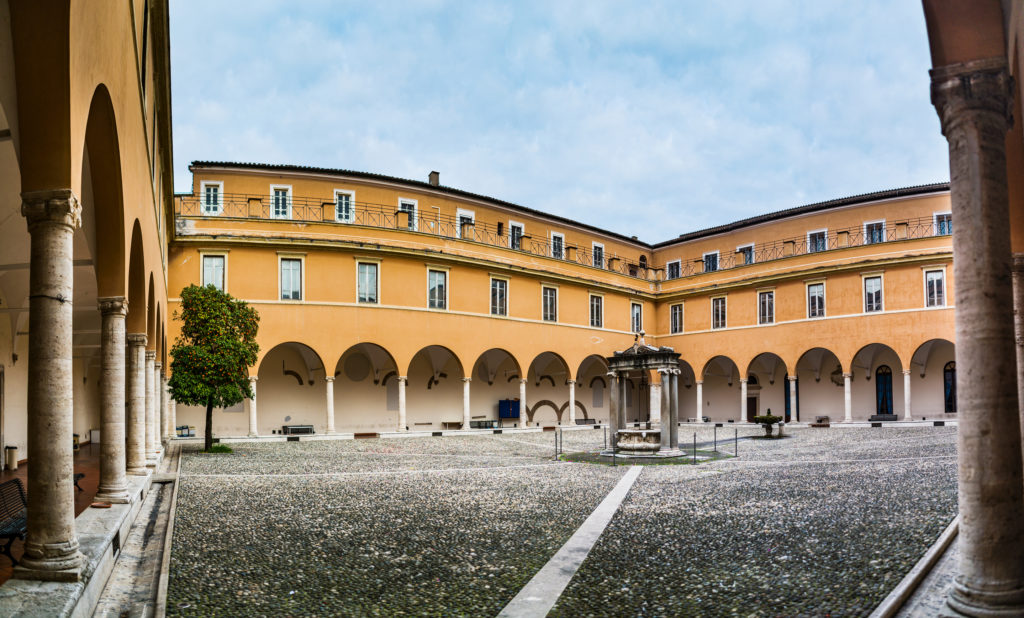
When Fr. Sidotti heard about the many martyrs in Japan, he decided to go there as a missionary. Having obtained from Pope Clement XI permission to go to Japan, he first went to Manila, where there was a Japanese settlement. There he learned the Japanese language and customs, procured some Japanese currency, disguised himself as a samurai, and headed for Japan.
On October 11, 1708, Fr. Sidotti succeeded in landing on the island of Yakushima. In his black cotton sack was a painting of “Our Lady of the Thumb,” in addition to Mass utensils, a crucifix, and a few personal items. He was discovered soon after landing.
Captured, the priest Sidotti was carried in a basket 400 ri (about 1571 km/ 976 miles) to Edo (now Tokyo). During this long journey, his legs became so weak that when he finally arrived in Edo, he was unable even to stand.
Interaction between Priest Sidotti and Hakuseki Arai
Upon his arrival in Edo, Fr. Sidotti was interrogated by Hakuseki Arai (a military leader, politician, and scholar). At that time, Arai made a copy of Sidotti’s picture of the Virgin, and wrote, “The eyes are sunken, the bridge of the nose is high, and the face is full of charm.”
Hakuseki Arai was impressed by the personality and culture of the priest as he conversed with him. Instead of torturing him, he placed him under house arrest in the “Christians’ House” in Myogadani (present-day Kohinata, Bunkyo-ku, Tokyo). Arai wrote about his interactions with Sidotti at this time, in a book called Seiyo Kibon (Western History), circa 1713, and in another book, called Sairan Iigon (The Rule of the Saints), circa 1725.
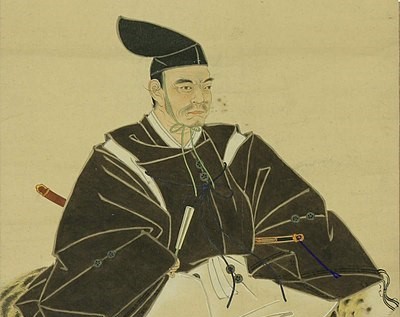
Fr. Sidotti chose martyrdom.
Although Sidotti was treated exceptionally well for the time, missionary work was strictly forbidden. However, he secretly baptized an elderly couple, Chousuke and Oharu, who were caring for him. Later, it came to light that they had been baptized, when they were found wearing wooden crosses in the magistrate’s office. Both of them, together with Fr. Sidotti, were transferred to a small underground room.
On October 21, 1714, at the age of 47, Fr. Sidotti was martyred. The elderly couple was martyred along with him. It is said that Fr. Sidotti continued to encourage Chousuke and Oharu up to the moment of his death. The remains of the priest and his fellow victims were buried by the back gate of the “Christians’ House.”
In the description of this incident on the website of the Giovanni Treccani Institute (which contributes to the dissemination of Italian science, literature, and art), no mention is made of an underground room; the site says rather that the three martyrs were locked in a small pit filled with the smell of decay. It also lists several different sources for Fr. Sidotti’s date of death.
Japanese National Treasure Nicknamed “Our Lady of the Thumb”
The painting belonging to Fr. Sidotti of our lady wearing a blue veil and having a small teardrop on her cheek is now in the collection of the National Museum in Tokyo.
The Virgin wears a purple garment under a blue veil. In Catholicism, purple is the liturgical color used on Good Friday and during the fasting season of Lent. (Black, on the other hand is used on All Souls’ Day, and for funerals) In this painting, the Virgin is clad in purple, which suggests that she is saddened by the Sufferings of her Son Jesus, and by the sins and sufferings of all mankind.
Was Carlo Dolci the artist who painted the Madonna of the Thumb?
Carlo Dolci (1616-1686) was known as a devout Catholic during his lifetime, and his religious zeal made him an emotional painter of his subjects. The “Madonna of the Thumb” in Japan is commonly considered likely to be Dolci’s work, because the style and composition are similar to his known works.
In particular, there is another painting known as the Madonna of the Thumb, in the Galleria Borghese, Italy, which is by Dolci, and shows remarkable similarities to the painting carried by Sidotti. Both paintings show emotional deep faith and devotion to Our Lady of Sorrows.
It has not been confirmed, however, that the painting once in Fr. Sidotti’s possession is, in fact, a genuine work of Carlo Dolci; it could also be the work of his daughter, Agnese Dolci (1635-1686), who also worked in his workshop. Her work is very similar in style to Carlo’s, making it very difficult to attribute their works correctly.
Bones of Father Sidotti Found
Yakushima Heart TV
On July 24, 2014, a Salesian friar, Renato Tassinari, conducted a thorough investigation of the previously identified human remains at the “Christians’ House” in Bunkyo Ward, Tokyo. Three sets of human remains were discovered at the site. Mitochondrial DNA analysis identified one set of remains as having come from Tuscany, Italy. Further investigation confirmed that the individual was over 170 cm tall, matching the documented height of Fr. Sidotti (175.5-178.5 cm), and thus confirming his identity.
It is reported that this person (Fr. Sidotti) had been buried in the ground in a Christian manner, and that there was a cross-shaped inscription on the gravestone. Using his skull, the National Science Museum has reconstructed Fr. Sidotti’s face. The result can be seen in the above video, starting at the 23-second mark. After a lapse of about 300 years, the face of a missionary who had a great impact on Japanese history has been revealed.
For Sidotti and his two companions, “the cause is opened.”
In 2019, the process was initiated (“the cause was opened,” in technical terms) that may someday lead to the canonization of Fr. Sidotti and his two fellow martyrs, Chousuke and Oharu. Fr. Mario Torcivia, Fr. Mario Canducci O.F.M., and Fr. Noboru Tanaka are involved in the investigative process.
At the 2019 Sophia University symposium on Fr. Sidotti, Fr. Mario Torcivia (who, like Fr. Sidotti, is from Palermo) said the following:
“Father Sidotti was a man of strong faith who wanted to work as a missionary in Japan. He was determined not to abandon Christianity, even at the cost of his life. …I hope that both Chosuke and Haru, having been brought to the glory of God, will be recognized as noble martyrs, and that they will be known again to the people of this beautiful country.
Yakushima Heart TV
Fr. Sidotti gave his life for the baptism of two faithful followers
But we are not of those who shrink back and are destroyed, but of those who have faith and keep their souls.
– Hebrews 10:39
A non-Christian Japanese said to one of my acquaintances that it was a shame that Fr. Sidotti decided to baptize Chosuke and Oharu, since their lives would have been spared had he not done so. This opinion, which was spoken out of sympathy for Chosuke and Oharu, may have been based on the belief that Fr. Sidotti, in his missionary zeal, baptized them forcefully. However, such a thing would have been impossible for Fr. Sidotti, who remained faithful to Christ and the Church to the very end.
Baptism in the Catholic Church is given on the basis of the freely-willed request of the individual. It is strictly forbidden by Church law to baptize an adult who does not wish to be baptized. When Fr. Sidotti baptized Chosuke and Oharu, it was because Chosuke and Oharu wished him to do so. Now that all three of them are in Heaven, they surely do not regret their decision.
In response to Hakuseki Arai’s interrogation, Fr. Sidotti said, “I came here to preach Christianity, and to help people.” As a priest, his God-given mission was the salvation of souls. To fulfill that mission, in accordance with the Gospel, he sold all his possessions (Matthew 13:45, 19:21), made disciples and baptized them (Matthew 28:19), and gave his life (John 15:13).
Mario Kandowicz, a researcher of Sidotti’s life, said of him that “it was a great joy for him to baptize Chosuke and Oharu. No doubt he went to his death willingly, knowing that the day would come when the Gospel would be preached in Japan openly.”
The Virgin’s heart pierced by a sword
and Simeon blessed them and said to Mary his mother,
“Behold, this child is set for the fall and rising of many in Israel,
and for a sign that is spoken against
(and a sword will pierce through your own soul also),
that thoughts out of many hearts may be revealed.”
– Luke 2:34-35
In his Encyclical Salvifici Doloris (February 11, 1984), Pope St. John Paul II explained that God sometimes uses sorrow to help us know Him more deeply.
In the Gospel for the Feast of Our Lady of Sorrows, we find the words of Simeon to the Blessed Virgin (Luke 2:34-35). There it is said that many of the thoughts that are in the hearts of men will be revealed, and that a sword will pierce the heart of Mary. The Passion and Martyrdom of Fr. Sidotti and the elderly couple must have been a cause of great joy to our Lady (since it brought about the salvation of their souls), and at the same time a cause of deep sorrow. And Our Lady of the Thumb must have been most saddened by the sinfulness of the Japanese people.
Sidotti Memorial Church
On February 14, 1988, the Sidotti Memorial Church was built on the cape where Fr. Sidotti landed. The church was completed through the late Father Contarini of the Xaverian Missionaries, who was so impressed by Fr. Sidotti that he moved from Italy to Yakushima. In the church is a stained glass window depicting Our Lady of the Thumb.
The Salesian Himon’ya Catholic Church in Meguro, Tokyo, was also named after the Virgin of the Thumb, and is called “The Church of Our Lady of Edo.” It houses a replica of the “Our Lady of the Thumb” painting.
I pray that someday the original painting brought by Fr. Sidotti will be formally installed in that church, and that a Mass for Our Lady of Sorrows will be offered there.
Source: One version of the Chaplet of Seven Sorrows can be found at number 383 of the Pre-Vatican II “Raccoltà” or Manual of Indulgences (Sacra Paenitentiaria Apostolica. Enchiridion Indulgentiarum… Typis Polyglottis Vaticanis MCML: Versio Anglica. New York, Benziger Brothers. 1957.)

